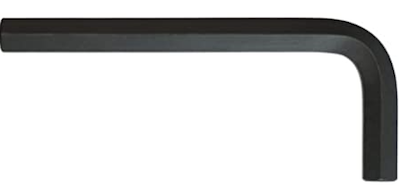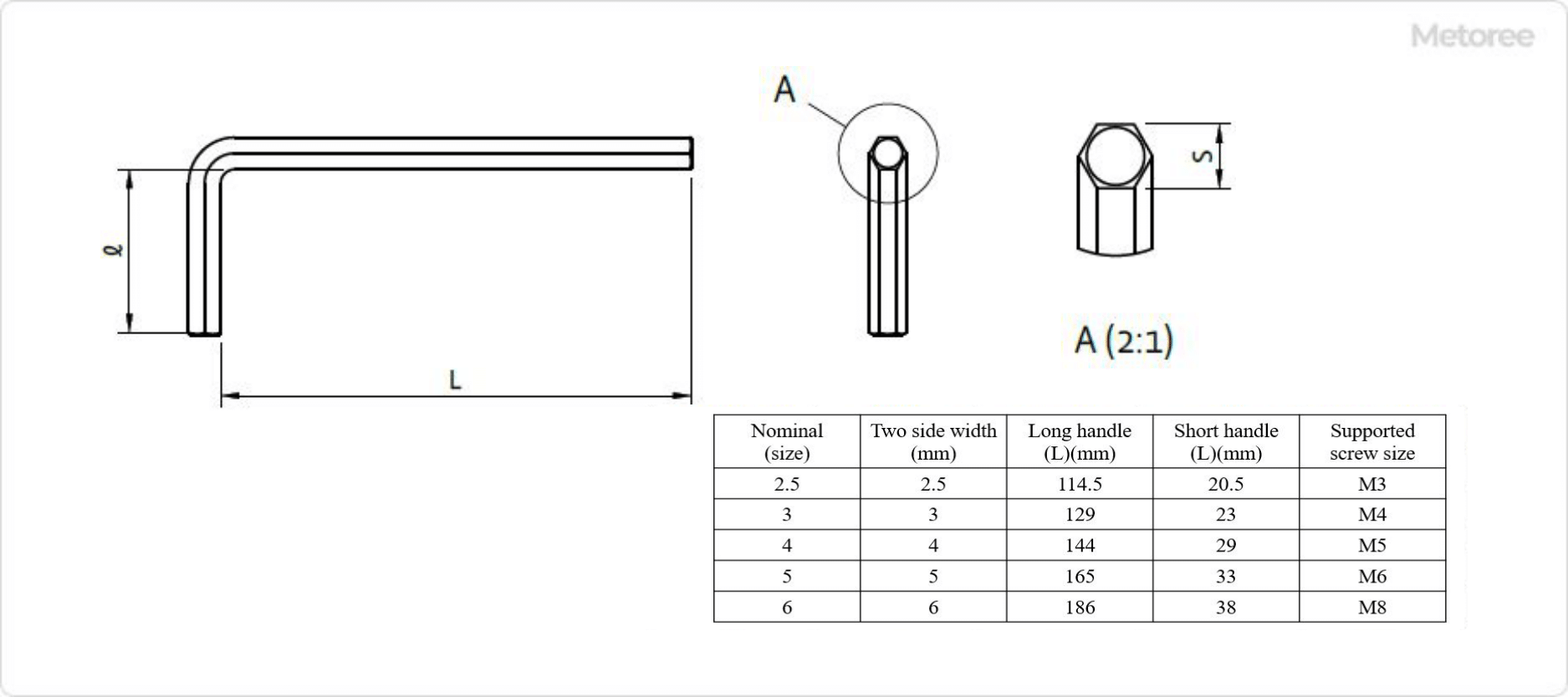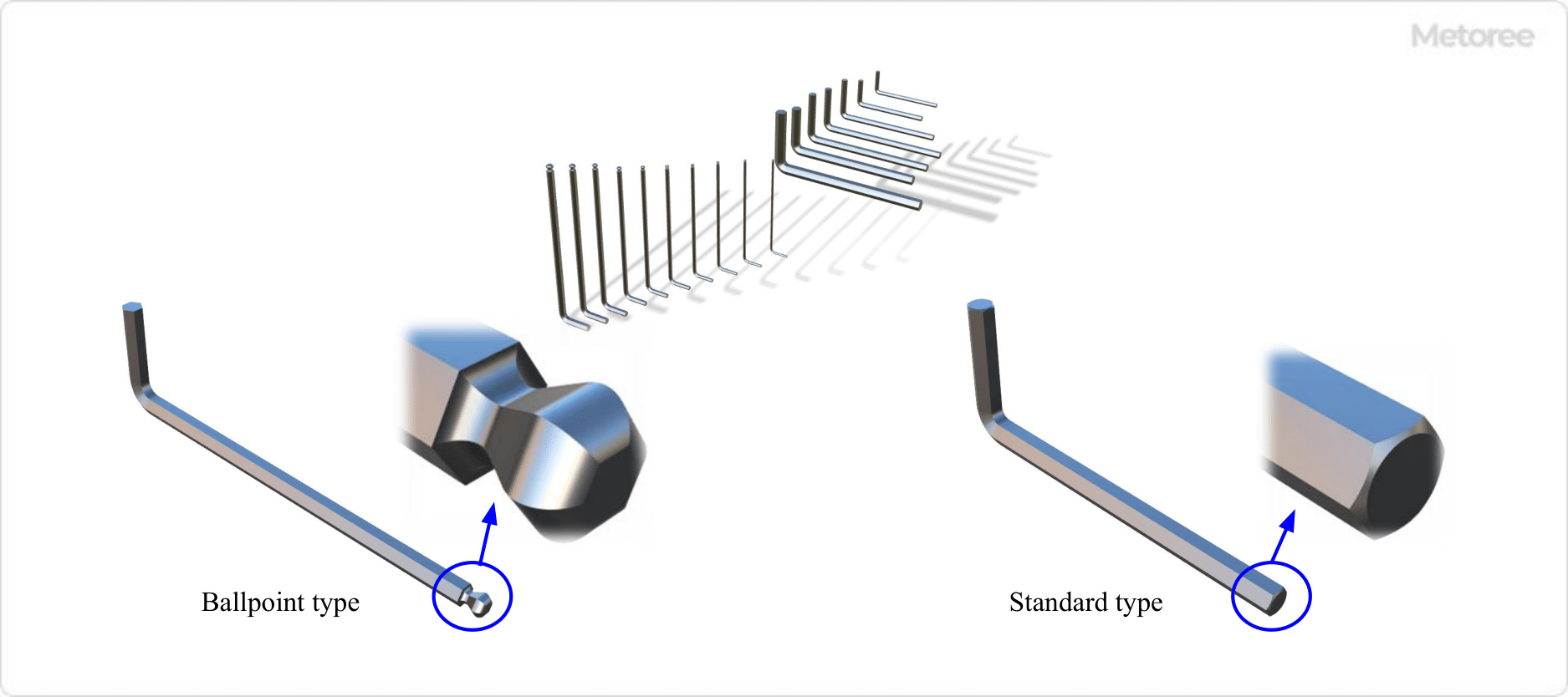¿Qué es una Fuente de Alimentación Conmutada?
Una fuente de alimentación conmutada es un dispositivo que suministra alimentación de CC mediante un método de regulación de conmutación entre fuentes de alimentación de CC.
Las fuentes de alimentación generales se pueden clasificar aproximadamente en dos tipos: el tipo lineal, que es económico pero pesado debido a su estructura de circuito simple, y el tipo de conmutación, que es compacto debido al uso de circuitos integrados.
Debido a sus respectivas características, el tipo lineal se usa para adaptadores de CA simples, mientras que el tipo de conmutación se usa para suministrar energía a los componentes electrónicos en las instalaciones.
Aplicaciones de Fuentes de Alimentación Conmutadas
Las fuentes de alimentación conmutadas se utilizan principalmente para suministrar energía a los equipos de información industrial.En los últimos años, a medida que los equipos electrónicos se han vuelto más sofisticados, los adaptadores de CA han cambiado de sistemas lineales pesados a sistemas de conmutación compactos.
Además, con la difusión de las fuentes de alimentación USB, las fuentes de alimentación conmutadas son un componente indispensable para suministrar energía a equipos electrónicos compactos. En el campo industrial, las fuentes de alimentación conmutadas se usan ampliamente como componentes que suministran energía de CC de manera estable para impulsar componentes electrónicos de control, como válvulas de solenoide y sensores en equipos automatizados.
Principio de las Fuentes de Alimentación Conmutadas
Una fuente de alimentación conmutada es un dispositivo que utiliza una fuente de alimentación de CA, como 100 VCA, como entrada, la convierte en una fuente de alimentación de CC, como de 5 a 30 VCC, y la suministra de manera estable.
La configuración del circuito de una fuente de alimentación conmutada típica es la siguiente:
- Rectificación de Entrada y Circuito Rectificador
La fuente de alimentación de CA de entrada se suaviza en la medida de lo posible. - Circuito de Conmutación
Permite conmutar la alimentación de CA a CC. - Circuito Rectificador y Rectificador de Salida
Suaviza la fuente de alimentación de CC distorsionada después de la conversión. - Circuitos de Control
Controla la tensión y la potencia de salida.
Esta configuración permite obtener una fuente de alimentación DC estable con tensión constante.
Más Información sobre las Fuentes de Alimentación Conmutadas
1. Diferencia entre un Rectificador y una Fuente de Alimentación
Un rectificador es un término genérico para un elemento que tiene la propiedad de conducir la corriente en una dirección, mientras que una fuente de alimentación es un término genérico para una fuente de energía.
Se puede decir que un rectificador es un elemento que convierte una fuente de alimentación de CA en una fuente de alimentación de CC. Es un diodo o dispositivo de conmutación que permite que la corriente fluya en una dirección.
Hay dos tipos de rectificación: rectificación de media onda y rectificación de onda completa.
Rectificación de Media Onda
En los circuitos de CA, las corrientes positivas y negativas fluyen alternativamente y la “rectificación de media onda” elimina la corriente positiva o negativa. La configuración del circuito es simple y de bajo costo, pero la eficiencia es baja y no puede manejar grandes corrientes.
Rectificación de Onda Completa
La rectificación de onda completa es un método que toma corrientes positivas y negativas y las cambia a una corriente unidireccional. Este método se utiliza principalmente en fuentes de alimentación conmutadas. En comparación con la rectificación de media onda, la rectificación de onda completa es más eficiente y la pulsación se puede suprimir en menor grado.
La rectificación de onda completa incluye un método que usa dos diodos y un método de circuito puente que combina cuatro diodos. Dado que la corriente después de estas rectificaciones es inestable, la salida del rectificador se combina con un circuito como un condensador para suavizar para eliminar la pulsación y funcionar como fuente de alimentación.
2. Causas de Fallo de las Fuentes de Alimentación Conmutadas
Hay “factores externos” y “factores internos” que causan fallas en las fuentes de alimentación conmutadas.
Falla Debido a Factores Externos
- Destrucción física
- Una entrada repentina de alto voltaje o ruido debido a un rayo
- Fallo de cortocircuito debido a la entrada de polvo o humedad
- Destrucción de varias partes del circuito debido a productos químicos o gases corrosivos.
En particular, la aplicación repentina de alto voltaje debido a la caída de un rayo destruye cada elemento y otros componentes electrónicos dentro de la fuente de alimentación. Para evitar estas fallas, es efectivo instalar productos de circuitos de protección como los limitadores de sobretensiones.
Fallas por Factores Internos
Los factores internos son causados por el deterioro o la falla de los condensadores electrolíticos, los ventiladores de enfriamiento, los componentes semiconductores, etc. La vida útil de una fuente de alimentación varía mucho según el entorno en el que se usa y el tiempo que se usa.
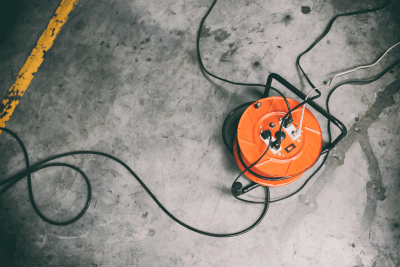 An extension cord reel, also referred to as a cord reel or electric drum, serves as a practical tool that allows for the extension of electrical power via an extension cord.
An extension cord reel, also referred to as a cord reel or electric drum, serves as a practical tool that allows for the extension of electrical power via an extension cord.
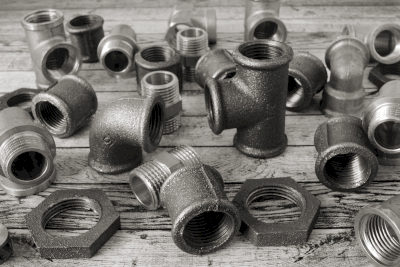 A metal joint refers to various metal components used for joining materials, with different types designed for specific applications.
A metal joint refers to various metal components used for joining materials, with different types designed for specific applications.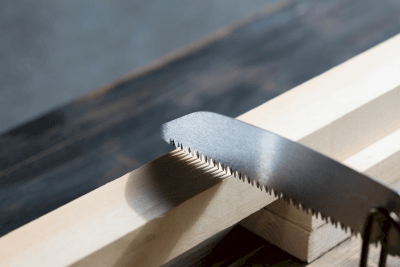 A saber saw, also known as a reciprocating saw, is an
A saber saw, also known as a reciprocating saw, is an 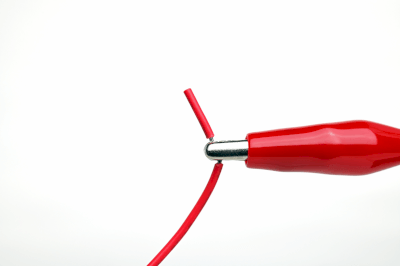
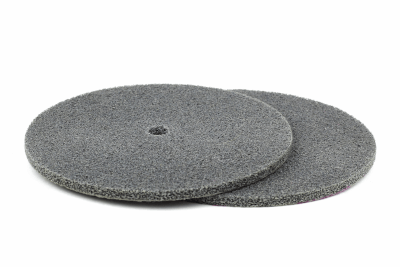 An offset grinding wheel is a disk-shaped grindstone, primarily used with
An offset grinding wheel is a disk-shaped grindstone, primarily used with  Natural rubber gloves are made from
Natural rubber gloves are made from 
